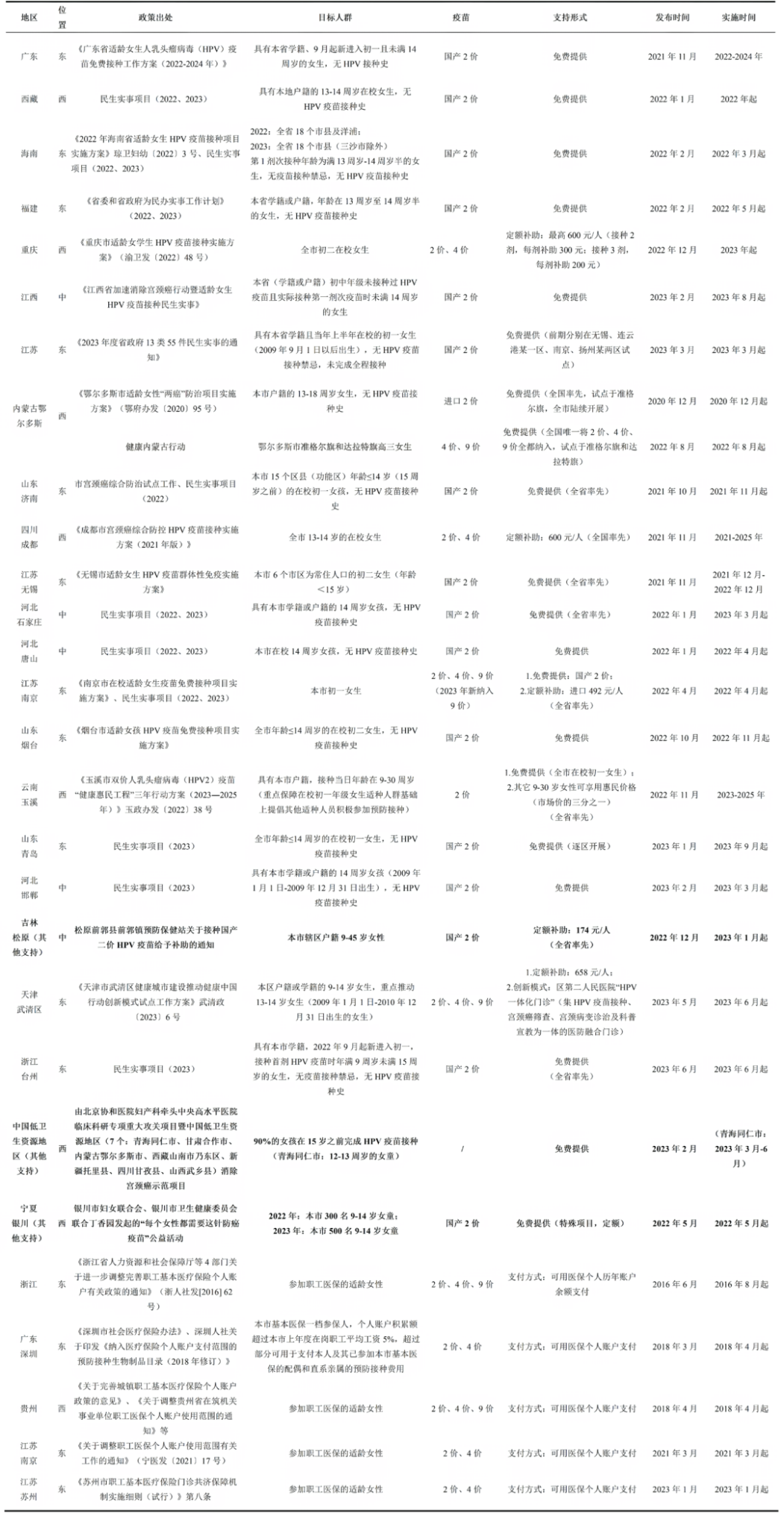Journal Article Recommendation
01
Effectiveness of a Single Dose of Pneumococcal Conjugate Vaccine Against Invasive Pneumococcal Disease in Children: A Systematic Literature Review
This article, published in Infectious Diseases and Therapy, aimed to evaluate the direct protective effect of a single dose of pneumococcal conjugate vaccine (PCV) against invasive pneumococcal disease (IPD) in children. The study systematically reviewed observational studies published between 2000 and 2024 that reported vaccine effectiveness (VE) of a single dose of PCV7, PCV10, or PCV13 against vaccine-type IPD. Eligible studies included indirect cohort studies, case-control studies, and retrospective cohort studies, with a total of 27 studies meeting the inclusion criteria. A random-effects model was applied to estimate pooled VE values, and subgroup meta-analyses were conducted by vaccine type and age at vaccination.
The results showed that a single dose of PCV provided significant protection against IPD in children, with higher effectiveness observed at older vaccination ages. Specifically, the pooled VE of PCV7 was 64.6% (95% CI: 47.3–76.2) when administered before 12 months of age or at an unspecified age, and 81.6% (95% CI: 72.5–87.7) when given at or after 12 months. For PCV10, the pooled VE at unspecified ages was 73.0% (95% CI: –29.4–94.4), and one study reported a VE of 68.0% (95% CI: 17.6–87.6) when administered at or after 12 months. For PCV13, the pooled VE was 56.8% (95% CI: 44.1–66.6) when administered before 12 months or at an unspecified age, and 79.2% (95% CI: 65.5–87.5) when administered at or after 12 months.
The findings indicate that even a single dose of PCV can confer meaningful protection against vaccine-type IPD in children, particularly when administered at 12 months of age or older. While completing the full vaccination schedule remains essential for optimal protection, this study provides key evidence supporting the implementation of single-dose catch-up strategies in settings where routine immunization programs are not fully established or where multi-dose schedules are difficult to deliver. Furthermore, the results highlight the potential public health value of exploring single-dose vaccination strategies for infants in humanitarian emergencies or other resource-limited situations.
https://doi.org/10.1007/s40121-025-01211-5
02
Efficacy of influenza vaccines and its relationship with immunological surrogate endpoints: a systematic review and meta-analysis of RCT
This article, published in Clinical Microbiology and Infection, aimed to systematically evaluate the protective effectiveness of influenza vaccines across different vaccine types and circulating strains, and to quantitatively examine the relationship between immunologic surrogate endpoints and clinical efficacy. The researchers conducted a systematic review of randomized controlled trials (RCTs) published up to July 16, 2024, including 26 RCTs with a total of 104,931 participants. Vaccine effectiveness (VE) was assessed using laboratory-confirmed influenza infection (via PCR, viral culture, or serology) as the primary endpoint. Immunogenicity outcomes included hemagglutination inhibition (HAI) geometric mean titers (GMT), seroconversion rates, and seroprotection rates.
The pooled VE of influenza vaccines against laboratory-confirmed infection was 48.48% (95% CI: 41.94–54.29), with significant heterogeneity (I² = 70.1%, p < 0.0001). Subgroup analyses showed that inactivated influenza vaccines (IIVs) had the highest effectiveness (54.70%, 95% CI: 47.34–61.03), followed by recombinant hemagglutinin protein vaccines (RHPVs) (46.93%, 95% CI: 29.07–60.29) and live attenuated influenza vaccines (LAIVs) (35.88%, 95% CI: 25.55–44.78). By strain subtype, VE was highest against A/H1N1 (59.38%, 95% CI: 24.60–78.12), moderate against A/H3N2 (41.84%, 95% CI: 26.45–54.01), and lowest against influenza B, with unstable and highly variable estimates (point estimate ≈19.21%, confidence interval crossing zero).
Further quantitative analysis revealed a significant but nonlinear association between standardized mean differences (SMD) in HAI titers and VE (β = 0.46649, p = 0.00089), though the explanatory power was limited. Seroprotection rate, seroconversion rate, and fold increase in GMT showed moderate correlations with viral attack rates, explaining 50.4%, 46.4%, and 28.6% of the variance, respectively (p < 0.05 for all). These findings suggest that while immunologic surrogate markers can provide population-level insights into vaccine performance, they cannot fully replace clinical endpoint–based efficacy assessments.
Overall, the study demonstrates that influenza vaccines confer moderate protection, with IIVs performing better than LAIVs and RHPVs. Although serologic surrogate endpoints have some predictive value, their explanatory capacity remains limited. Annual influenza vaccination continues to be a critical strategy for controlling the spread of both matched and variant influenza strains.
https://doi.org/10.1016/j.cmi.2025.09.005
03
Post-marketing safety surveillance of pneumococcal vaccines: a real-world pharmacovigilance study using the U.S. vaccine adverse event reporting system (VAERS) database
This article, published in Frontiers in Cellular and Infection Microbiology, aimed to systematically assess suspected adverse events following immunization (AEFIs) associated with pneumococcal vaccination, using data from the U.S. Vaccine Adverse Event Reporting System (VAERS)—a national passive surveillance database—and to explore potential associations between reported adverse events (AEs) and pneumococcal vaccine administration.
The study extracted all VAERS reports related to pneumococcal vaccines recorded between 1990 and March 2025, including 157,244 vaccine recipients, 158,778 vaccination records, and 632,481 AE reports. Analysis showed that females accounted for a higher proportion of AE reports (54.29%) than males (36.88%), and most reports (38.20%) involved individuals under 18 years of age. The most common clinical outcomes were full recovery (44.20%) and hospitalization (14.94%). The majority of AEs (77.11%) occurred within 30 days post-vaccination (median onset time: 0 days). The main vaccine types involved were pneumococcal polysaccharide vaccine (PPSV, 48.9%) and 13-valent pneumococcal conjugate vaccine (PCV13, 27.6%).
Overall, non-serious AEs accounted for 81.8%, while serious AEs comprised 18.2%. Disproportionality analysis identified 929 positive AE signals across 24 System Organ Classes (SOCs). The most frequently reported preferred terms (PTs) with the highest reporting odds ratios (RORs) were injection site erythema (ROR = 4.24), injection site swelling (ROR = 4.19), and injection site pain (ROR = 2.75). Among designated medical events (DMEs) of special interest, erythema multiforme (n = 398) and product microbial contamination (ROR = 11.25) were identified as priority safety signals. At the SOC level, general disorders and administration site conditions (ROR = 1.73) and skin and subcutaneous tissue disorders (ROR = 1.69) emerged as the most prominent signal categories.
The findings indicate that the post-marketing safety profile of pneumococcal vaccines is consistent with prior clinical and surveillance data, showing that most AEs are short-term, localized injection-site reactions that are non-serious and reversible. This study reinforces real-world evidence supporting the favorable safety profile of pneumococcal vaccines and provides valuable insights for post-vaccination monitoring and risk–benefit evaluation.
https://doi.org/10.3389/fcimb.2025.1635180
04
Real-world effectiveness and safety of nirsevimab, RSV maternal vaccine and RSV vaccines for older adults: a living systematic review and meta-analysis
This article, published in Thorax, investigates the real-world effectiveness and safety of three types of respiratory syncytial virus (RSV) immunization products: the long-acting monoclonal antibody nirsevimab for infants, the RSV vaccine for pregnant women, and the RSV vaccine for older adults. Using a living systematic review and meta-analysis approach, the researchers conducted monthly literature searches across three databases and included 50 studies published between December 1, 2022, and March 10, 2025, encompassing approximately 7.6 million individuals. Pooled estimates were calculated using a random-effects model.
The findings demonstrated that nirsevimab provided substantial protection in real-world settings. It reduced RSV-related emergency department visits by 80.7% (95% CI: 75.7%–85.7%), hospitalizations by 80.7% (95% CI: 76.1%–85.2%), and intensive care unit admissions by 75.6% (95% CI: 63.3%–87.9%). Similarly, RSV vaccines for older adults showed strong effectiveness, reducing RSV-related hospitalizations by 79.6% (95% CI: 73.8%–85.3%). However, no real-world effectiveness data were yet available for RSV vaccines administered during pregnancy.
In terms of safety, nirsevimab was not associated with any serious adverse events. For older adult RSV vaccines, the incidence of Guillain–Barré syndrome was reported to be below 10 cases per million doses, indicating a low safety concern. Although data on maternal RSV vaccines remain limited, no serious adverse events have been reported to date.
Overall, the study provides compelling evidence that nirsevimab significantly reduces healthcare utilization associated with RSV infection among infants while maintaining a favorable safety profile. RSV vaccines for older adults also demonstrate high real-world effectiveness and acceptable safety. Although more data are needed on maternal RSV vaccination, emerging evidence supports its promising potential for protecting both mothers and infants against RSV-related illness.
https://doi.org/10.1136/thorax-2025-223376
Content Editor: Tianyi Deng
Page Editor: Ruitong Li





